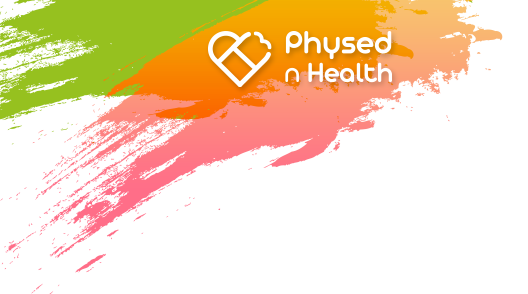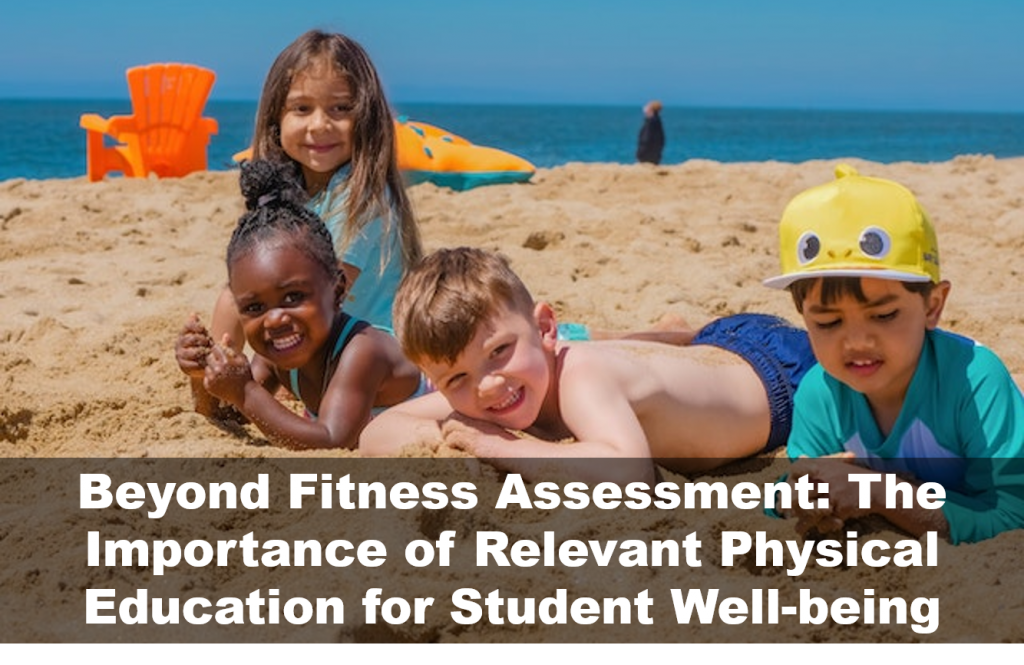Physical education is an important subject that plays a crucial role in promoting physical activity, health, and overall well-being of students. Traditionally, physical education has focused on fitness assessment, such as measuring students’ physical capabilities and comparing them to established standards. However, in recent years, many teachers have moved away from this traditional approach and shifted their focus towards addressing student well-being. While this shift is important and necessary, it is equally important for teachers to ensure that what they teach in the classroom is relevant to a student’s lifestyle outside the school grounds.
One of the challenges of traditional fitness assessment is that it often fails to consider the broader social, cultural, and environmental factors that can impact a student’s physical activity level and overall well-being. For example, a student who lives in a neighborhood with limited access to safe outdoor spaces or healthy food options may struggle to meet traditional fitness standards, even if they are making a genuine effort to be physically active and maintain a healthy diet. By shifting the focus away from traditional fitness assessment and towards addressing student well-being, teachers can better understand and support the unique needs and challenges of their students.
However, in doing so, teachers must also ensure that what they teach in the classroom is relevant to a student’s lifestyle outside the school grounds. This means taking a holistic approach to physical education, one that considers not just the physical aspects of fitness, but also the social, emotional, and mental aspects of health and well-being. For example, instead of just teaching traditional sports and activities, teachers can introduce students to a range of physical activities that are relevant and accessible to their daily lives, such as walking or biking to school, gardening, or even just taking a walk during lunch breaks.
Furthermore, teachers can also incorporate lessons on nutrition, stress management, and sleep hygiene into their curriculum, as these are all important factors that can impact a student’s overall well-being. By teaching students about healthy eating habits, stress management techniques, and the importance of rest and recovery, teachers can equip them with the knowledge and skills they need to take care of their physical and mental health outside of the classroom.
Learn how PhysednHealth can improve the well-being of your students.
As more teachers move away from traditional fitness assessment and towards addressing student well-being, it is important for them to ensure that what they teach in the classroom is relevant to a student’s lifestyle outside the school grounds. By taking a holistic approach to physical education, one that considers not just the physical aspects of fitness, but also the social, emotional, and mental aspects of health and well-being, teachers can better understand and support the unique needs and challenges of their students. By doing so, they can have a positive impact on their physical and mental health, both inside and outside of the classroom.
What’s next?
What are you doing that works? Please share so others may benefit.








